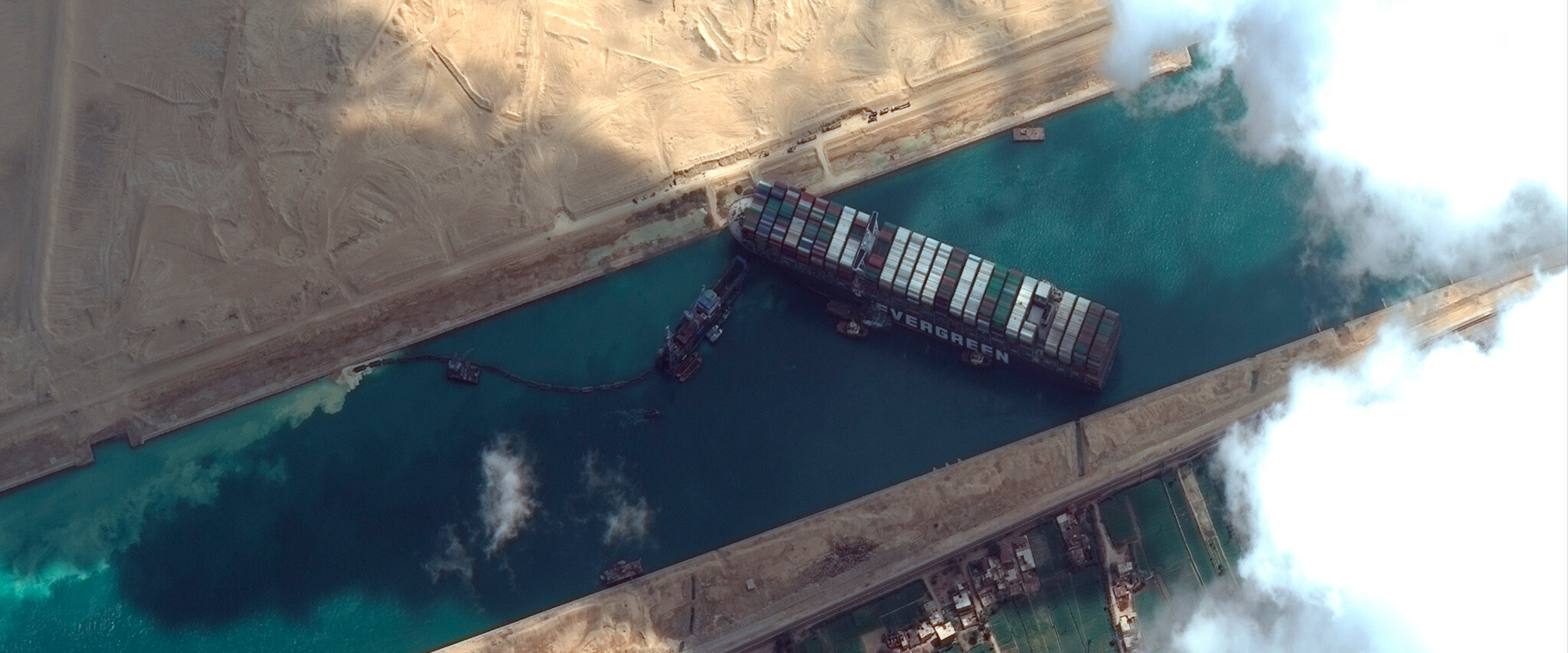Hardly any global connection endures continuously and uniformly. Most processes of integration are cyclical, sometimes gathering momentum rapidly, sometimes slowly and sometimes losing momentum entirely. Connections might serve only a single purpose, but not others, or they can be utterly and radically terminated. Interruption serves to grasp such phenomena. It highlights aspects of global integration and exchange that defy expectations as to their speed and intensity as well as processes that halt, perhaps even reversing, unpredictably. Their socio-cultural significance derives from the fact that a corresponding connection did in fact exist (and may yet return). Their effects are ex negativo, stemming from the loss of connection. Their effectuality lies in the contrast to existing global connections.
The history of communication provides vivid examples. The second half of the 19th century is widely considered a period of efflorescent globalisation. Along with many other developments, the emergence of a worldwide telegraph network evidenced the rapidly rising level of global integration at that time. The telegraph is one of the central symbols of a ‘shrinking world’. However, the daily operation of this global communications network was marked by interruptions from the very beginning. Anchors and ship worms would damage undersea cables, and copper thieves would make off with overland lines. Business people complained of the constantly interrupted connections. War also cut telegraph lines. German warships, for example, attacked British relay stations located on small atolls in the Pacific and Indian Oceans immediately after the outbreak of the First World War. The telegraphists stationed there found themselves in near-complete isolation once the cables were destroyed. Interrupted connections — whether intended or not — were a key element of global telegraphic integration, which was deeply influenced by the use and effects of the network. Interruptions promoted creative strategies to reconnect, but they also led to misunderstandings, isolation and frustration.






